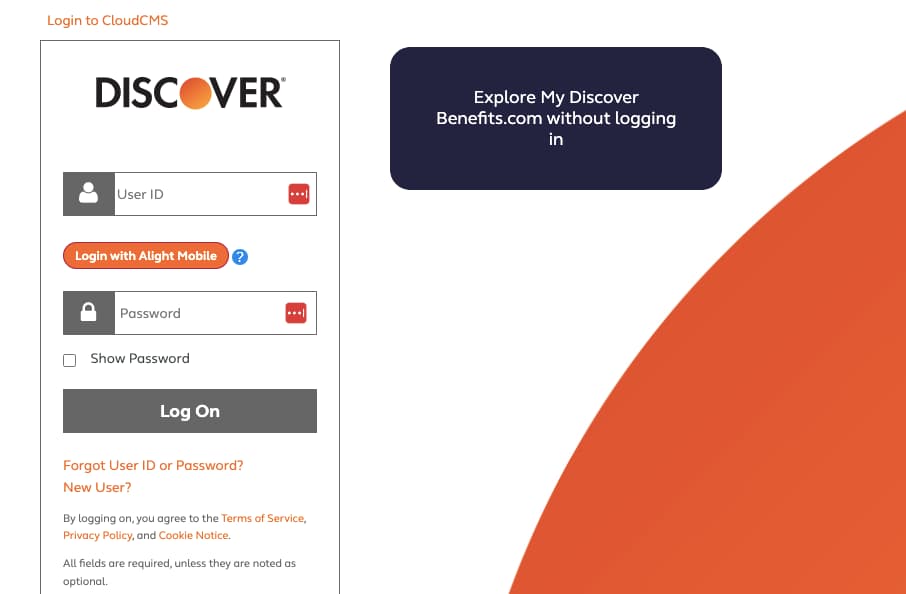Business owners can often find it an overwhelming task when it comes to the right way to package their products. All the elements of packaging which include boxes, infill, mailer, labels, and even the tape have several options which all come with their own sets of pros and cons that need considering. These Insider Tips for Ecommerce Business Owners will help to succeed in this online shopping world.
You can choose to follow the suggested best practices that cover packaging, yet you will still have lots of options to choose from.
Insider Tips for Ecommerce Business Owners

However, on the fulfillment side of e-commerce, it becomes easier to detect patterns where a business is going wrong in regard to eCommerce packaging. With a couple of minor changes, you could be making the experience much better for your customers, better for your business, and you could even save money along the way.
-
Tip One: Scale Your eCommerce Packages Down
Despite the fact that many people have gone through the experience of receiving items in boxes that are far too large for the products, this packaging type carries on happening. In some cases, the correct-sized box isn’t available since the business tries to purchase bulk orders or fewer sizes in order to try and save money. Regardless of why this happens, these businesses will end up spending a lot more than they think over the long run.
When a box is too large for a product, infill needs to be added so that the products do not get damaged when they rattle or bounce around in the box. Buying extra infill will also cost money. And when doing that, regardless of the weight of the infill, it is still going to add weight to your packages, which in turn increases your shipping costs. And at the same time, even when the products are very lightweight, the size of the packaging can also increase the prices. How you may be asking?
The answer lies in dimensional weight which is also called DIM weight. Shipping carriers use two formulas when it comes to working out shipping prices according to the weight and size of a package. Whichever amount is higher will be the price you will get charged. For example, if your package weighs only 2 pounds but you have packaged the product in a 10-foot by 10-foot box, you will be charged a lot more to ship your box since it is so big. So even when your products are lightweight, if you are packaging them in large boxes, you will most probably get charged according to the overall size of that box. The more you are able to reduce this, the more you stand to save.
-
Tip Two: Do Not Underestimate Eco-Friendly In eCommerce Packaging
For many years, solutions for eco-friendly packaging were highly underestimated. Development and research take a lot of money and time. This means that even if a result is reached where the solution is working better or as well as the “original” it typically costs a lot more than it is worth. However, this has all changed over the past few years.
Due to businesses such as No Issue and EcoEnclose, companies can now provide a fantastic eco-friendly experience to their customers which is very similar in cost to the packaging they were using previously, with an added advantage of being far more consumer-friendly. Such as eco-friendly plastic box packaging at Plastech Group. For the eCommerce brands that would like to distinguish their business from their competitors, reusable packaging options like the ones from Returns and rePack are highly beneficial. We are also seeing consumers that are more willing than ever to reduce their carbon footprint.
Shoppers have become far more “eco-conscious” and are prepared to pay for this type of packaging. A recent survey conducted found that 70% of North American customers prefer eco-conscious companies, and on a global scale, 40% of shoppers have started to purposely shop with the brands that are aligning with their values personally. When you make eco-friendly packaging one of your main focuses, you will start to attract those consumers.
-
Tip Three: Consider eCommerce Returns
While you prefer not to spend too much time thinking about returns or the hassles they can cause, whether this involves mis-picked orders, unhappy customers, or late packages, you can be sure that your customer is also thinking about this. You can really start to improve the way your business runs when you ensure that your returns process is as easy and fast as possible and that it is not an expensive process for your business. You might not think so, but this isn’t one of those impossible tasks.
To begin with, your customers. You may be thinking that when you make your returns process easy and free that it will encourage a lot more returns. But it will actually increase your sales and it won’t increase your returns rate. This is because people that shop online often have reservations when it comes to products that match their standards. If you give them reassurance by offering an excellent return policy, this will usually increase your conversions.
Pro Tip: How to Cut Costs and Spend Less in a Cash Strapped Business
Secondly, your business. Businesses that have failed to plan an adequate returns process will not avoid processing returns but rather end up costing themselves a lot of money. Providing boxes that your customers can reuse with shipping labels inside the packaging so your customer can use it to return the product, as an example, can give you the assurance that your products are packaged in the right way and that they are kept safe.
If the product is damaged during a return process, you have not only lost out on the “original sale”, but also any hopes of trying to sell the products to other customers.
More Helpful eCommerce Guides for Business Owners:
Conclusion:
We hope that these professional Insider Tips for Ecommerce Business owners will help you to grow your online shopping business and never let you down in this type of business.



